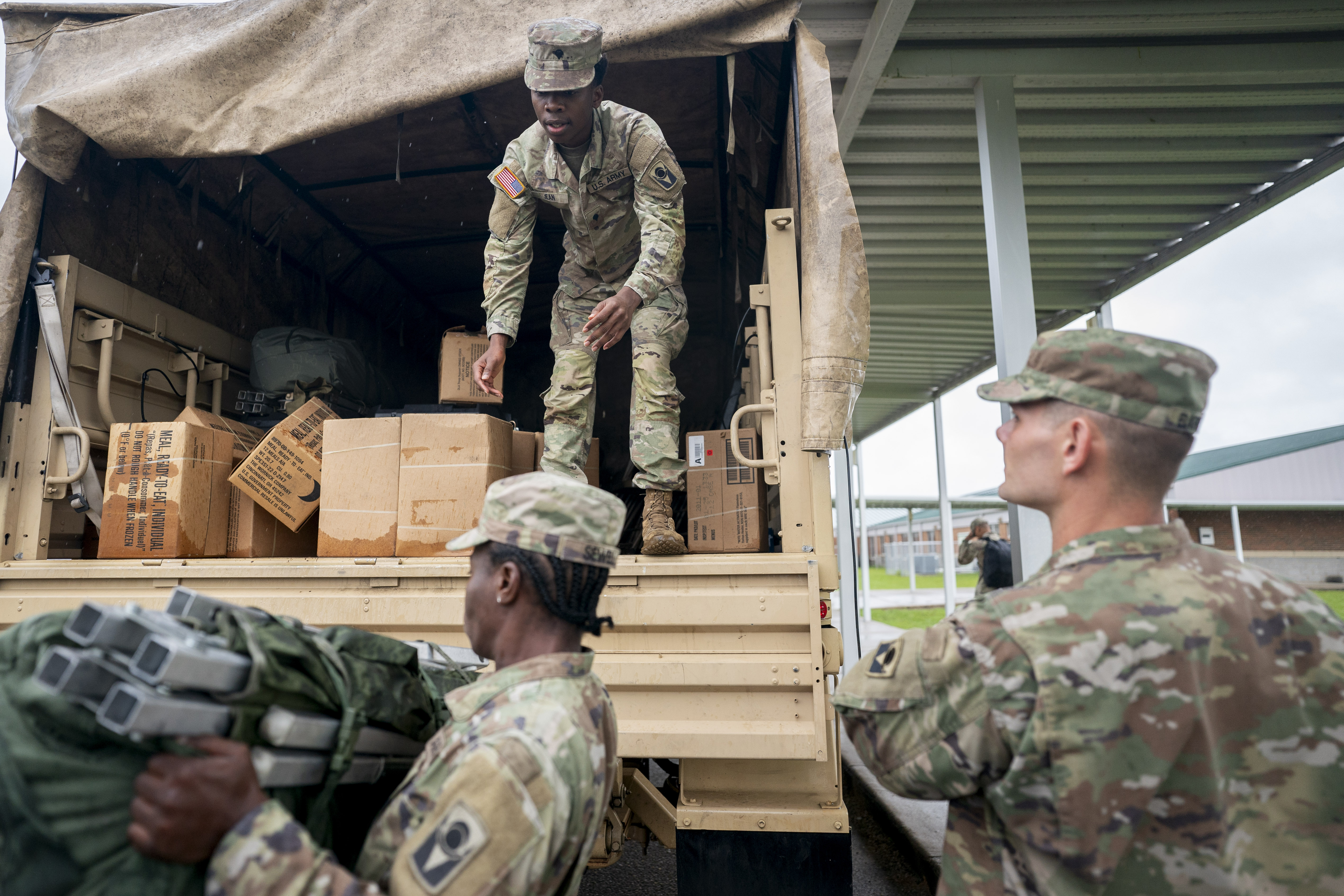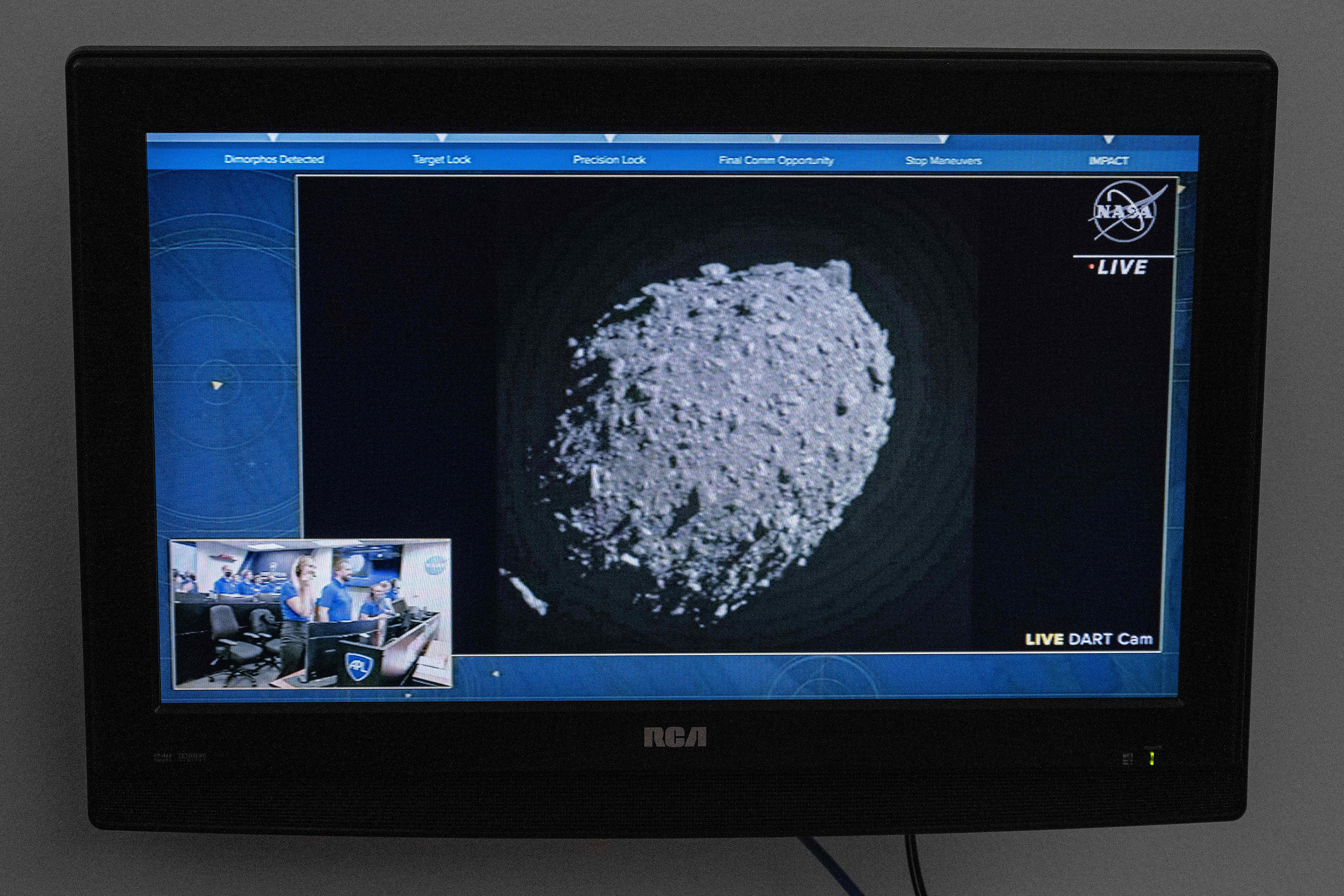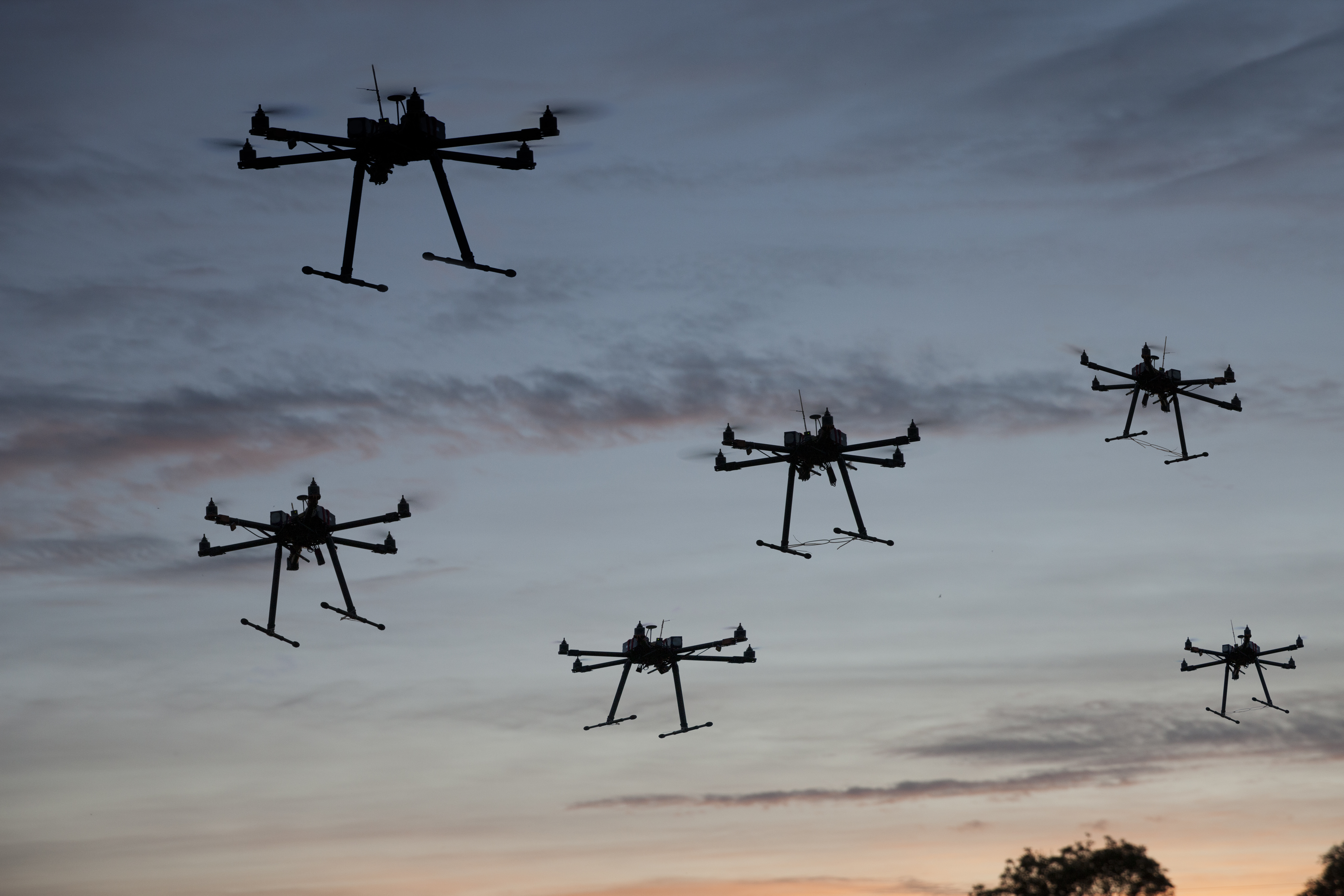[ad_1]

The Army’s 18th Airborne Corps is for the first time using a battlefield capability to map road closures, cellular outages, supply needs and other data in real time to help the Federal Emergency Management Agency and U.S. Northern Command help people whose homes and communities were battered by Hurricane Helene late last month.
The Army is using its Maven Smart System to provide responders with the information needed to make quick, on-the-ground decisions, such as where to send medical supplies or how many truckloads of water to take into certain storm-ravaged areas, defense officials told reporters Monday.
Weeks after the deadly hurricane tore a path from Florida’s Gulf Coast into the Appalachian Mountains, some residents in the southeast are still sifting through the wreckage caused by floods and landslides that destroyed entire towns.
More damage is feared as Hurricane Milton bears down on Florida this week as well.
Maven is a data analysis and decision-making tool that takes in reams of data from multiple sources and uses artificial intelligence and machine learning to visualize the information.
The Pentagon originally adopted Maven to use geolocation data and satellite imagery to automatically detect potential targets on the battlefield. Its use in responding to Helene is the first instance Maven has been applied to hurricane response efforts, defense officials said.
“We can get data out of these environments that have little to no communications capabilities back into the FEMA dashboard so they understand where they need to supply things,” said one defense officials, who spoke on condition of anonymity. “I think being able to bring together this common operating picture gives us better situational awareness, helps us respond faster and facilitates getting support and supplies out quicker.”
The system eliminates the need for responders to read through spreadsheets to gather pertinent information. Instead, Maven pulls out the most important data for leaders to analyze, the official said.
The military used similar technology for disease surveillance during the Covid-19 pandemic and to track individuals during the withdrawal of U.S. forces and their allies from Afghanistan, according to officials. The operators of Maven are hoping to learn from their experience responding to Hurricane Helene, and want to hone the system for use in future natural disasters or national crises.
“That way, in an event like this, we can be part of the noble effort assisting the nation’s citizens in their most urgent time of need,” a defense official said. “We can create a platform that can be an enduring presence, ready to respond.”
Part of Maven’s job for the hurricane response is to track members of the National Guard and active-duty troops who have deployed to the areas hardest hit.
As of Monday, 7,600 troops from 18 different states had deployed to the southeast. They’re providing humanitarian relief, clearing emergency routes, assessing damaged water systems and restoring infrastructure. The Defense Department also provided hundreds of high-water vehicles and dozens of helicopters and rescue boats, Pentagon press secretary Air Force Maj. Gen. Pat Ryder said in a statement.
The U.S. Army Corps of Engineers has established 12 emergency operations centers across the southeast, including three in North Carolina alone, Ryder said.
About 7,000 federal personnel, including FEMA staff, are deployed to the area. As of Sunday, FEMA had approved $137 million in housing and other types of assistance to more than 81,500 households in North Carolina, Florida, Georgia and South Carolina. The agency also provided 15 million meals, 14 million liters of water and 157 generators.
As response efforts were underway, misinformation about FEMA’s work spread online. The high volume of false information sowed confusion among survivors and threatened response and recovery efforts, FEMA said. The agency created a webpage to try to dispel the rumors.
While the cleanup from Helene continues across the southeast, Florida was preparing Tuesday for another hurricane to make landfall this week. Hurricane Milton was expected to hit the west coast of the state on Wednesday as a Category 3, the Associated Press reported.
More than 5,000 Florida National Guard troops were mobilized Tuesday to prepare for Hurricane Milton’s arrival. Army officials moved additional personnel and equipment to Fort Moore in Georgia in anticipation of search and rescue operations.
This story was produced in partnership with Military Veterans in Journalism. Please send tips to MVJ-Tips@militarytimes.com.
Nikki Wentling covers disinformation and extremism for Military Times. She’s reported on veterans and military communities for eight years and has also covered technology, politics, health care and crime. Her work has earned multiple honors from the National Coalition for Homeless Veterans, the Arkansas Associated Press Managing Editors and others.
[ad_2]
Source link






